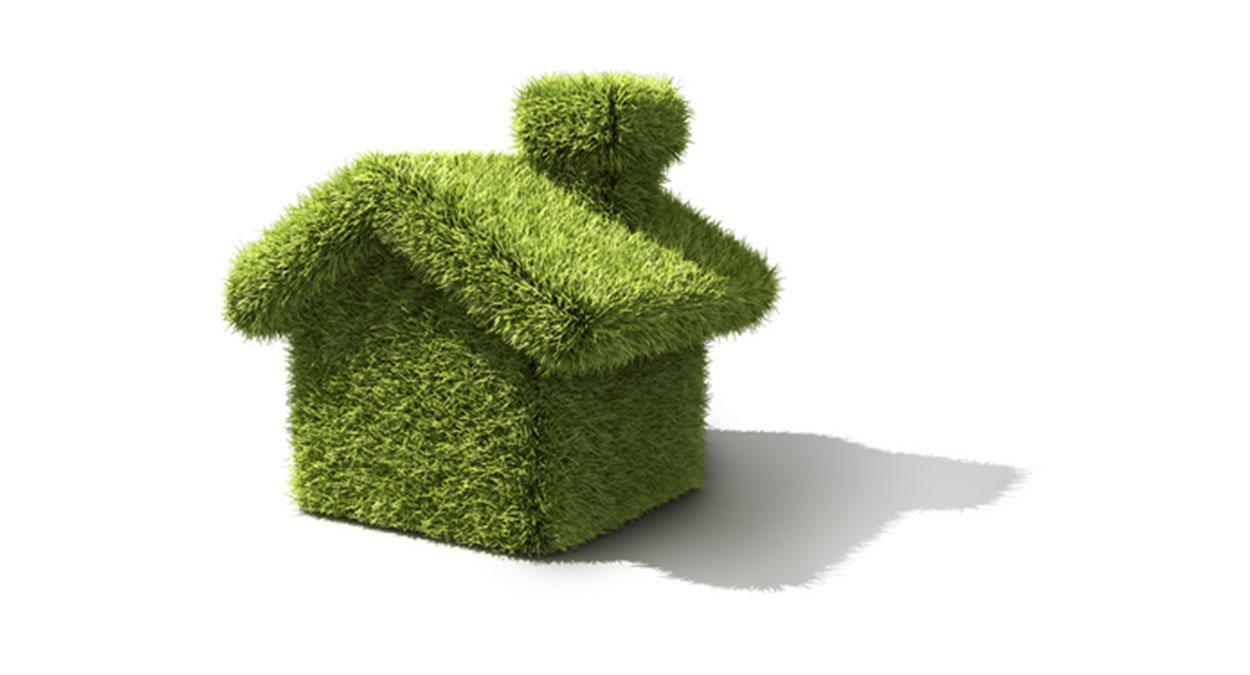Going green before you even break ground is one of the most effective ways to make sure your new house is as environmentally friendly and energy-efficient as possible. From the foundation to the roof, there are plenty of ways to aim for efficiency during and after the construction process. The following six building tips will help turn you new house into a green home.
Plot Out the Lot
There’s a lot more to deciding where you want to build your new home than the lot location, especially if you want to build green. Environmental impact and local zoning codes aside, there are many factors that will affect the future of your home and its green potential.
First consider the climate, as in median yearly temperatures. If you are building in a generally warmer climate, then a lot that provides more shade is your best energy-efficient bet. For colder climates, an open, sunny lot will offer the best exposure for natural home heating and lighting.
Use Sustainable Building Materials
Once you’ve found the perfect lot for your green home, it’s time to think about earth friendly building materials. Sustainable means any materials that are either recycled or have a rapid regeneration. For example, recycled plastics are commonly used to make composite wood for trim and decking.
Likewise, recycled and crushed glass is also used as an alternative to granite countertops. As for naturally occurring green building materials, bamboo is a great alternative to wood flooring because it regenerates faster than commonly used hardwoods. In addition, longer lasting products like cement board siding is more durable, earth friendly, and energy-efficient than regular wood siding.
Keep Your Home’s Size in Perspective
The size of your new home has a huge impact on its overall green potential. It’s important to keep in mind how much space you actually need as opposed to how much space you want. Every square foot you add to the construction translates to more materials and increased energy usage in the long run.
Before you chisel the blueprints in stone, think about your new home in terms of your own lifespan. Will your family expand or are the kids heading off to college? Do you need a spare bedroom and an office, or is that space sharable? When it comes to building a new home, experts are there to help you build a house that’s inspired by you and your square footage needs.
Think Energy Efficient Heating and Cooling
Size, lot location, and building materials all work together to make your new home green, but so does the home’s heating and cooling. Not all HVAC systems are built the same, so if you’re going for peak energy efficiency, then an ENERGY STAR® heating and cooling system can help reduce your home’s energy costs by 30 percent or more.
Heating the water in your new home is almost as expensive as heating the living room and bedrooms, so it’s important to choose an energy-efficient water heater as well. Tankless water heaters only heat the water you need when you need it, so there’s no wasted energy involved with continuously heating standby water. Turning your home green is good, not only for the environment, but for your wallet as well.
Choose Quality Insulation
One of the biggest efficiency pitfalls during the home building process is energy loss due to poor insulation; especially if you’re going for green energy efficiency. So, make sure all exterior walls are properly insulated. In addition, your attic plays a major role in heating costs due to the potential energy loss, so insulate your attic and crawlspaces properly as well.
Post Construction Green Efforts
Just because you built an earth friendly, energy-efficient home doesn’t mean your green efforts have to stop there. From energy-efficient appliances to compact fluorescent light bulbs, it’s easy to go green. Monitoring your water consumption, scheduling your thermostat to heat and cool in moderation, and even planting shade-providing vegetation are all great ways to make your home energy-efficient and green.
Keep in mind these earth and energy friendly pointers during construction, and you’ll have the greenest new home on the block. What’s your biggest conservation concern as you’re building your new home? Please share with us in the comments below.
